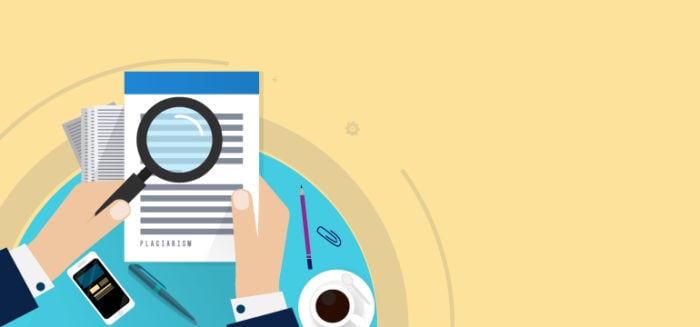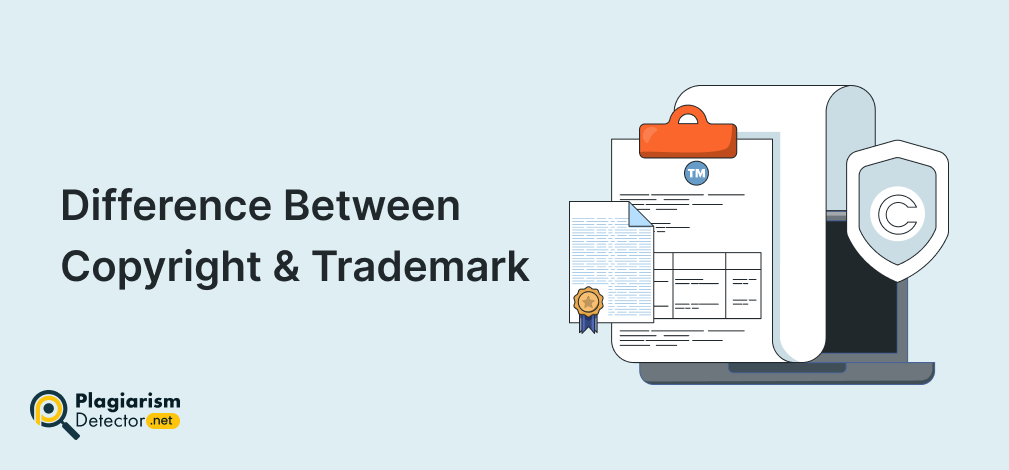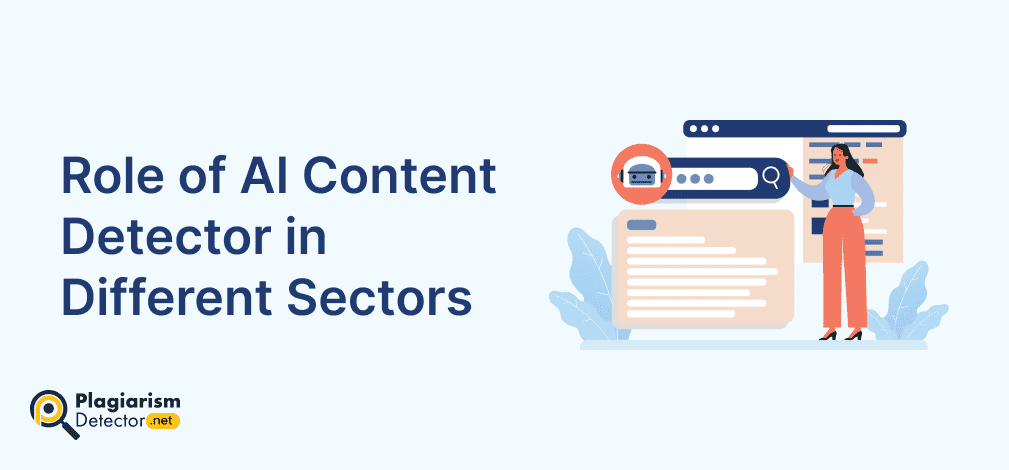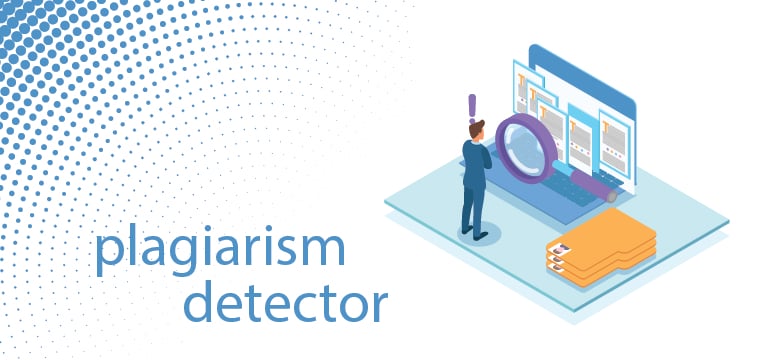How to Recognize and Diminish Content Duplication

Why is content duplication considered ethically and morally unacceptable? Plagiarism, also known as “content duplication,” is a common act among students and online content producers.
With the passage of time, we have witnessed that content duplication is rising. The roots have spread across the professional world or in every field of life. It has become a severe offense in academic as well as research fields.
Academic institutions are dealing seriously with duplicated or plagiarized content. Many students replicate the content of other students or researchers because they are in a hurry, and often don’t even have time to cite sources. This attitude is the result of poor time management and a lack of required skills. In short, to get rid of their task, they start plagiarizing from other sources.
So, it is essential to understand why plagiarizing is a common practice. It occurs due to a lack of academic skills. Instead of conducting extensive research, most of the students and researchers get themselves dependent on the work of other writers. And ultimately, they end up duplicating material from other available sources.
Types of Plagiarism: Intentional and Accidental
Plagiarism is a simple concept that means “replicating the ideas and concepts of other sources without acknowledgment.” To illustrate more about plagiarism, let’s look into what intentional plagiarism is all about.
Intentional Plagiarism – An Immoral Act
Duplicating content from other sources without giving credit or proper acknowledgment is known as intentional plagiarism. In simple words, copy-pasting material from different sources is called intentional plagiarism.
Students of colleges and universities are more prone to intentionally duplicating the content, especially when the students are writing their assignments and research papers. To perform their work in a limited time, they usually replicate other sources. This intentional plagiarism is the ultimate source for them to meet deadlines. You should avoid intentional plagiarism. You can also use text Summarizer to organize the content to solve this problem.
Accidental Plagiarism
Plagiarism is a violation that emerges as the theft of words and ideas. In accidental plagiarism, a plagiarist is unable to quote the sources, or unintentionally paraphrase a source by using the same words and sentence structure. Since a plagiarist is always looking for ways that can save time.
But what if a student wants to credit the original source? For Instance, you have to write a paragraph on “Origin of Animal Life.” You directly copy and paste the paragraph from a specific source. Due to time shortages, most students forget to cite the name of the actual source. In such a case, it will still be plagiarized content despite the fact that the intention was not to deceive. Such type of plagiarism is known as accidental plagiarism.
Consequences of Plagiarism for Academics and Professionals
In academia and research professions, plagiarism is mainly grave. It ultimately damages or ruins the reputation, which may lead to the loss of position and research funding. For Students, it can devastate their entire careers. For professionals, it will end their professional careers, especially if they are a content and creative writers.
So, you should be well aware of the practices on how to write engaging and plagiarism free content by utilizing your writing skills instead of replicating the work of others. Fortunately, one of the best methods to diminish plagiarism is “Plagiarism Checker.” It is an online tool that ensures the originality of the content. It represents the uniqueness of your text in percentage, which assists you to eradicate plagiarized sentences from your content.




